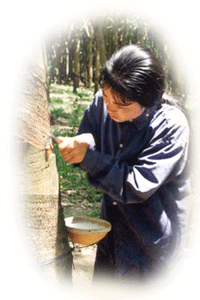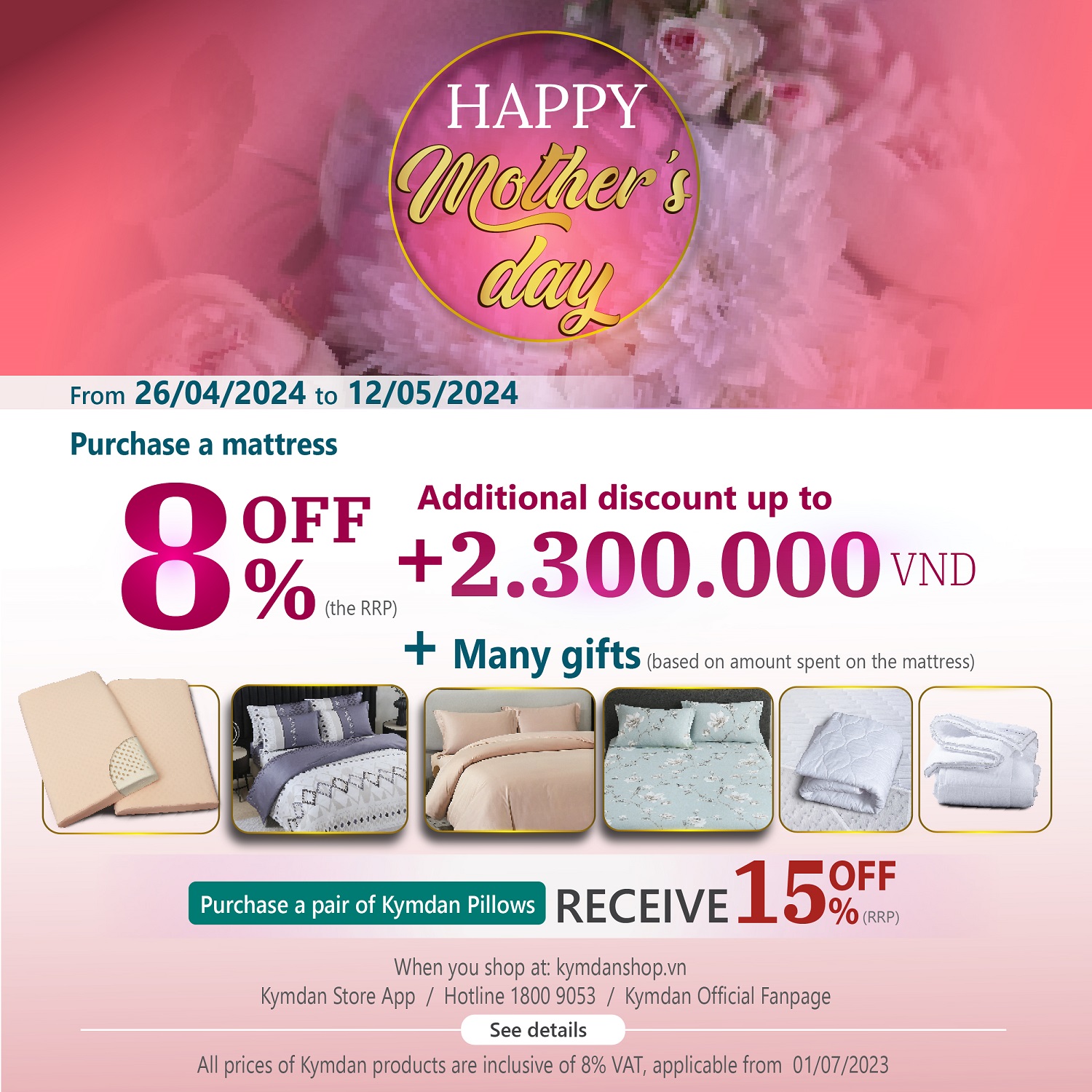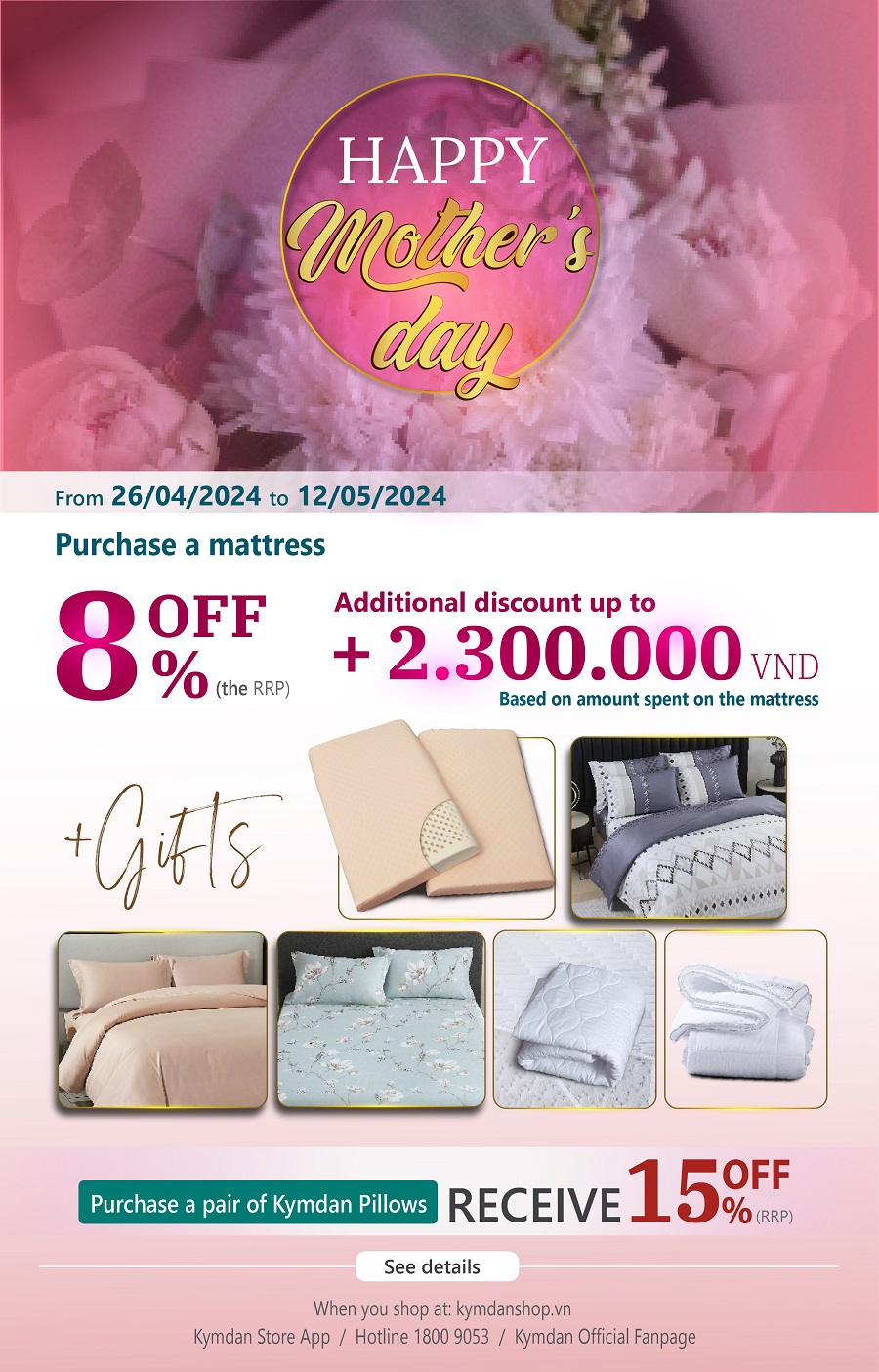WHAT IS LATEX?
WHAT IS LATEX?
Latex or Latex Rubber is a complex fluid made up of different chemicals which and displaying varying characteristics depending on its type. In basic terms, we can define it as a milky fluid exuded from the rubber plant.
There are 2 different types of latex rubber: Latex natural rubber (NR) and Latex synthetic rubber . Synthetic rubber comprises: Polyisoprene (IR); Polybutadiene (also known as Buna rubber (BR)); Styrene – Butadiene copolymer (Buna-S rubber (SBR)); Ethylene – Propylene copolymer (EPDM); Polyisobutylene (Butyl rubber); Polychloroprene (Neoprene rubber (CR)); Acrylonitrile – Butadiene copolymer (Nitrile rubber); Polyacrylate; Polyurethane (PU); Polysilicone (Silicone). Each type of rubber has its own characteristics due to the differences in chemical structure. Respectively, there are many kinds of synthetic latex. However, manufacturers in the mattress industry around the world predominantly use SBR to make mattresses.

Latex natural rubber (NR): Also called Latex Polyisoprene Natural Rubber is exuded from the rubber plant, mainly from Hevea Brasiliensis (Euphorbiaceae family) by tapping.
There are two different stages in the structuring of Latex NR:
-
Dispersing stage: Polyisoprene rubber particles are synthesized with the help of enzymes. Polyisoprene has a high harmonisation structure. Rangeing from cis-tran isomerism, high volume of homogenous molecules and high bonding level.
-
Serum stage: Latex becomes serum which consists of diverse contents including water (52% – 70%), protein (2% – 3%), fatty acid and derivatives (1% – 2%), glucid and heterosid (around 1%), minerals (0.3% – 0.7%).
Latex synthetic rubber SBR: the method used to form SBR is by polymerising two monomers, Styrene and Butadiene (a method which has generally been used to synthesize polymer chemicals). As a result, Styrene – Butadiene copolymer rubber does not have the same structural characteristics as Polyisoprene natural rubber. Products made from SBR have less physio-mechanical characteristics (strength, elasticity,...). In fact, airy Latex mattresses made from SBR are more likely to flatten. However, due to low chemical synthesis, synthetic rubber, when exposed to lighting, ozone and temperature, ages slower than natural rubber. There are two different stages in the structuring of SBR:
-
Dispersing stage: formation of Styrene – Butadiene copolymer which comes from rubber molecules.
-
Serum stage: formation mainly from water and other catalysts to produce a polymerisation reaction.
In summary, products (including Kymdan mattresses) made out of natural latex rubber have better physio-mechnical characteristics (break-free and resilience features) than those of synthetic rubber. However, due to their natural chemical composition, these products are more vulnerable to aging when exposed to sunlight, high temperatures, ozone or oil-solvent than that of synthetic rubber. Therefore, manufacturers tend to add more adjuvant to avoid these effects. Nevertheless, it is this characteristic that makes natural rubber more environmentally friendly because they decompose more easily than sythetic latex.
TECHNICAL AND ESTHETIC ASPECTS OF LATEX MATTRESSES
The following table show the different aspects of Latex mattresses after vulcanisation:
|
Types
|
Target
|
100% Natural Rubber mattress
|
100% Synthetic Rubber mattresses
|
|
Nature of materials |
Original contents | C – H | C – H |
| Degree of polarisation | Almost not polarised | Almost not polarised | |
| Concentration of molecules | High | Low | |
| Density | High | Low | |
| Homogeneity of molecules | High | Medium | |
| Degree of harmonization | Very high | Medium | |
| Linking order | Very high | Medium | |
| Degree of binding | Medium | Medium | |
| Saturation | High | Medium | |
| Technical characteristics | Elasticity | High | Medium |
| Degree of deformity | Low | High | |
| Degree of Durability | High | Medium | |
| Durability | Low | Medium | |
| External features/properties | Colour | Creamy | Ivory white |
| Smell | Light to strong | No smell | |
| Degree of elasticity | Fairly high | Low | |
| Degree of flattening | Low | Fairly high | |
| Degree of comfort and relaxation | High | Medium | |
| Fading speed | Fast | Slow | |
| Level of environmental friendliness | High | Low |
-
Although, latex natural rubber is more vulnerable to ageing than synthetic, Kymdan has its own mattress making secrets that allow its mattresses to last for over 25 years on average. In fact, research shows that its aging index is more than 0.86
-
Compared with mattresses made of 100% Natural Rubber or 100% Synthetic SBR, mattresses made of their mixture will have the less optimal characteristics.
- Regarding to our 100% NR mattresses, available in all international markets, a survey, which results focusing on selected technical criteria, customers’ evaluation and reliability, particularly our Japanese counterparts and customers, equipped with up-to-date measurement facilities, show that Kymdan mattresses made of natural rubber latex (thanks to the optimal technological know-how) are by far outstanding in terms of quality:
- The physio-mechanical factors of the mentioned products are by far preeminent compared to other latex mattresses available on the world market.
- Kymdan mattresses have a firmness that gives comfort and relaxation especially to those suffering from back pain.(details...)
- Kymdan mattresses do not give off a rubbery smell but rather a perfume that customers find pleasant.
- Kymdan mattresses contain fire-resistant (details...) properties which comply with fire-proof requirements against combustion sources such as cigarette butts.
- Kymdan mattresses repel insects.
- Other predominant features: 15 Outstanding features.
Differentiating natural rubber latex mattresses from synthetic mattresses:
-
Through burning, a natural latex mattress sample becomes sticky and deforms.
-
On the contrary, a synthetic rubber mattress sample made primarily of SBR (styrene butadiene copolymer) does not become sticky and deform but becomes dry soot.
Related News:





